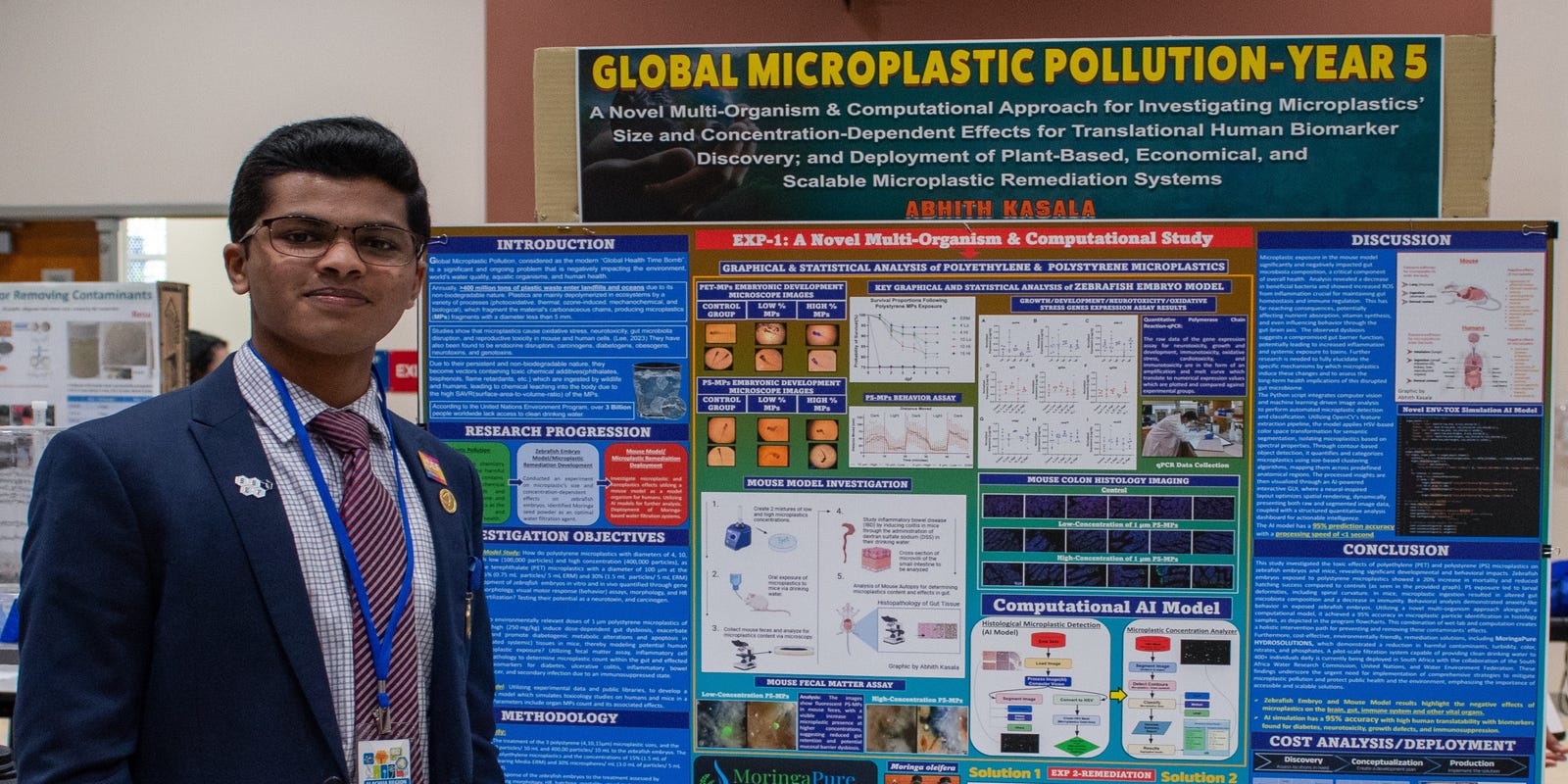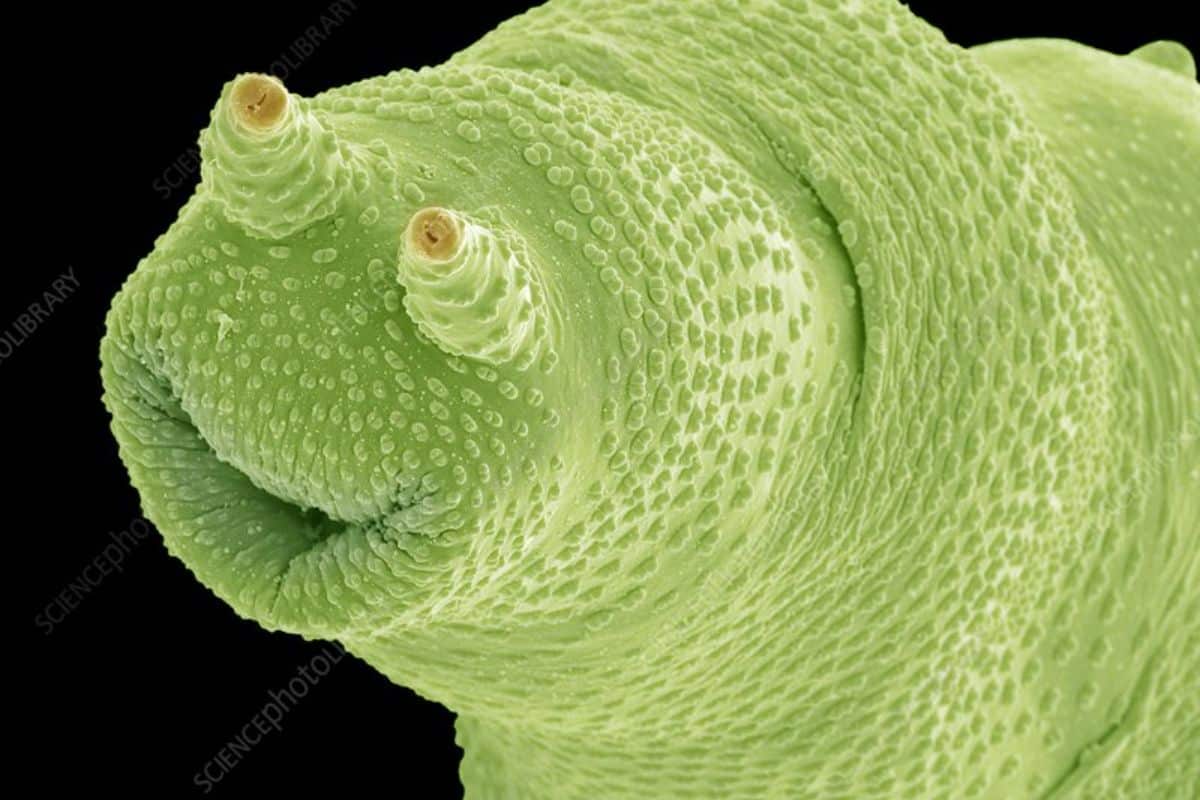Luminous Ocean Mystery: How 'Milky Seas' Transform the Dark Waters into a Glowing Spectacle
Science
2025-04-12 11:00:36Content

Illuminating the Ocean's Ghostly Glow: Scientists Unlock the Secrets of Milky Seas
Researchers have taken a groundbreaking step in understanding one of the ocean's most enigmatic phenomena. A comprehensive new database tracking over 400 sightings of the mesmerizing "milky seas" is poised to revolutionize our understanding of these ethereal marine light shows.
These extraordinary oceanic events transform vast stretches of water into an otherworldly, luminescent landscape, creating an almost supernatural glow that can span hundreds of square miles. Until now, the precise conditions triggering these spectacular displays have remained largely mysterious.
The newly compiled database represents a significant breakthrough, offering scientists an unprecedented opportunity to decode the complex mechanisms behind these rare and stunning maritime light shows. By meticulously documenting and analyzing these sightings, researchers hope to develop predictive models that could help forecast when and where these luminous events might occur.
This research not only promises to unravel a fascinating maritime mystery but also provides valuable insights into the intricate biological processes that create these breathtaking oceanic phenomena.
Illuminating the Ocean's Ghostly Glow: Unraveling the Mysteries of Milky Seas
In the vast, enigmatic realm of our planet's oceans, a mesmerizing phenomenon continues to captivate scientists and marine enthusiasts alike. Beyond the familiar rhythms of waves and currents lies a spectral display that challenges our understanding of marine bioluminescence—the mysterious and ethereal occurrence known as milky seas.Decoding Nature's Most Luminous Oceanic Secret
The Enigmatic Phenomenon of Bioluminescent Seascapes
Marine scientists have long been intrigued by the extraordinary phenomenon of milky seas, a rare and breathtaking display of oceanic luminescence that transforms vast stretches of water into a ghostly, glowing canvas. Unlike typical bioluminescent events that produce fleeting, localized sparkles, milky seas create an expansive, uniform radiance that can stretch across hundreds of square kilometers, rendering the ocean's surface an otherworldly luminescent expanse. The underlying mechanism of this spectacular phenomenon involves massive colonies of bioluminescent bacteria, predominantly Vibrio harveyi, which collectively emit a sustained, ethereal glow. These microscopic organisms create a synchronized light show that can be visible from space, challenging our conventional understanding of marine ecosystem interactions and bacterial communication.Technological Breakthroughs in Tracking Oceanic Luminescence
Recent advancements in satellite imaging and marine observation technologies have revolutionized our ability to document and analyze milky seas. Researchers have meticulously compiled a comprehensive database containing over 400 documented sightings, representing a quantum leap in our understanding of this elusive marine phenomenon. Advanced satellite sensors, particularly those utilizing night-vision and infrared capabilities, now enable scientists to detect and map these luminescent events with unprecedented precision. These technological innovations not only provide visual documentation but also offer critical insights into the environmental conditions that trigger such extraordinary bioluminescent displays.Ecological Significance and Environmental Implications
Beyond their aesthetic marvel, milky seas represent a complex ecological communication system with profound implications for marine biology. The synchronized bioluminescence suggests intricate bacterial networking mechanisms that remain largely unexplored. Scientists hypothesize that these luminescent events might serve multiple evolutionary purposes, including bacterial communication, predator deterrence, and potential nutrient signaling. The ability to predict and understand these events could provide unprecedented insights into marine ecosystem dynamics, bacterial behavior, and potential climate change indicators. Each milky seas occurrence becomes a window into the intricate, often invisible world of marine microbial interactions.Predictive Modeling and Future Research Directions
The newly compiled database represents more than a mere collection of observations—it is a foundational resource for developing sophisticated predictive models. By analyzing historical data, environmental parameters, and oceanic conditions associated with milky seas, researchers aim to create algorithms that could forecast these luminescent events with increasing accuracy. Interdisciplinary collaboration between marine biologists, data scientists, and satellite imaging experts is crucial in transforming this database into a powerful predictive tool. The potential applications extend beyond scientific curiosity, potentially offering insights into marine ecosystem health, bacterial communication mechanisms, and broader environmental monitoring strategies.Global Distribution and Cultural Perspectives
Milky seas are not confined to a single geographical region but have been observed across multiple oceanic zones, particularly in the Indian Ocean, Arabian Sea, and parts of the Pacific. Indigenous maritime cultures have long shared folklore and traditional narratives about these mysterious oceanic glows, often attributing supernatural or spiritual significance to the phenomenon. Modern scientific investigation is now bridging traditional knowledge with rigorous empirical research, creating a more holistic understanding of these luminescent events. Each documented sighting contributes to a growing global narrative that transcends cultural and scientific boundaries.RELATED NEWS
Science

Breaking: Troy University Unveils Cutting-Edge College of Science and Engineering
2025-03-26 16:14:08
Science

Young Innovators Shine: Local Students Triumph at State Science Showdown
2025-03-19 00:00:00






